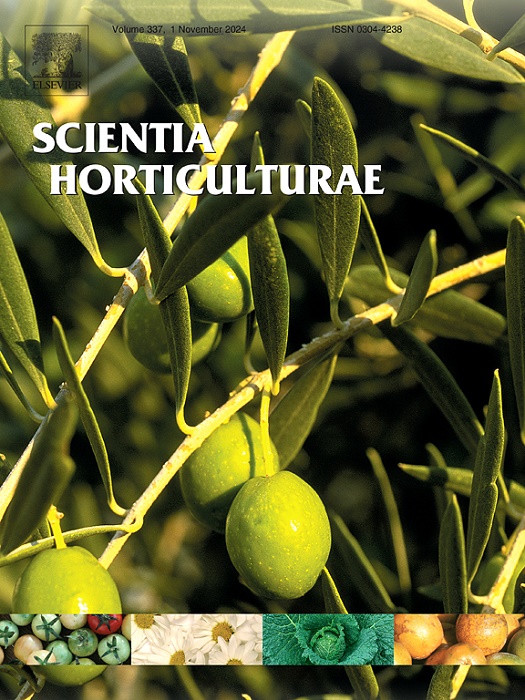Effects of nutrient solution recycling on water and nutrient consumption patterns and lettuce growth
IF 3.9
2区 农林科学
Q1 HORTICULTURE
引用次数: 0
Abstract
Hydroponics is a promising cultivation method that increases crop yields per unit area while optimizing water, nutrient, and land use efficiency. However, nutrient recycling can alter solution composition due to preference nutrient uptake by plants, potentially affecting plant growth. This study investigated the effects of nutrient solution recycling on lettuce (Lactuca sativa L.) growth, water use efficiency, and nutrient absorption patterns over three consecutive 21-day cycles (C1, C2, and C3) using a deep flow technique system in a controlled environment. Results showed that nutrient solution recycling enhanced water use efficiency but led to nutrient imbalances in remaining solution: nitrogen (N), phosphorus (P), and potassium (K) were rapidly absorbed independent of plant transpiration, while magnesium (Mg), sulfur (S), and calcium (Ca) were absorbed more slowly. These imbalances resulted in morphological changes, as leaf area were reduced by 22.3 % in C3 compared to C1, while primary root length increased by 34.6 %. Middle-position leaves, which are critical for photosynthesis, exhibited reduced light interception and photosynthetic capacity under nutrient recycling conditions. To optimize nutrient management, N, P, and K should be supplemented in multiple doses based on total plant demand, while Mg, S, and Ca should be supplied at standard concentrations with water. These findings highlight nutrient solution recycling as a viable strategy for improving resource efficiency in hydroponic systems.
求助全文
约1分钟内获得全文
求助全文
来源期刊

Scientia Horticulturae
农林科学-园艺
CiteScore
8.60
自引率
4.70%
发文量
796
审稿时长
47 days
期刊介绍:
Scientia Horticulturae is an international journal publishing research related to horticultural crops. Articles in the journal deal with open or protected production of vegetables, fruits, edible fungi and ornamentals under temperate, subtropical and tropical conditions. Papers in related areas (biochemistry, micropropagation, soil science, plant breeding, plant physiology, phytopathology, etc.) are considered, if they contain information of direct significance to horticulture. Papers on the technical aspects of horticulture (engineering, crop processing, storage, transport etc.) are accepted for publication only if they relate directly to the living product. In the case of plantation crops, those yielding a product that may be used fresh (e.g. tropical vegetables, citrus, bananas, and other fruits) will be considered, while those papers describing the processing of the product (e.g. rubber, tobacco, and quinine) will not. The scope of the journal includes all horticultural crops but does not include speciality crops such as, medicinal crops or forestry crops, such as bamboo. Basic molecular studies without any direct application in horticulture will not be considered for this journal.
 求助内容:
求助内容: 应助结果提醒方式:
应助结果提醒方式:


